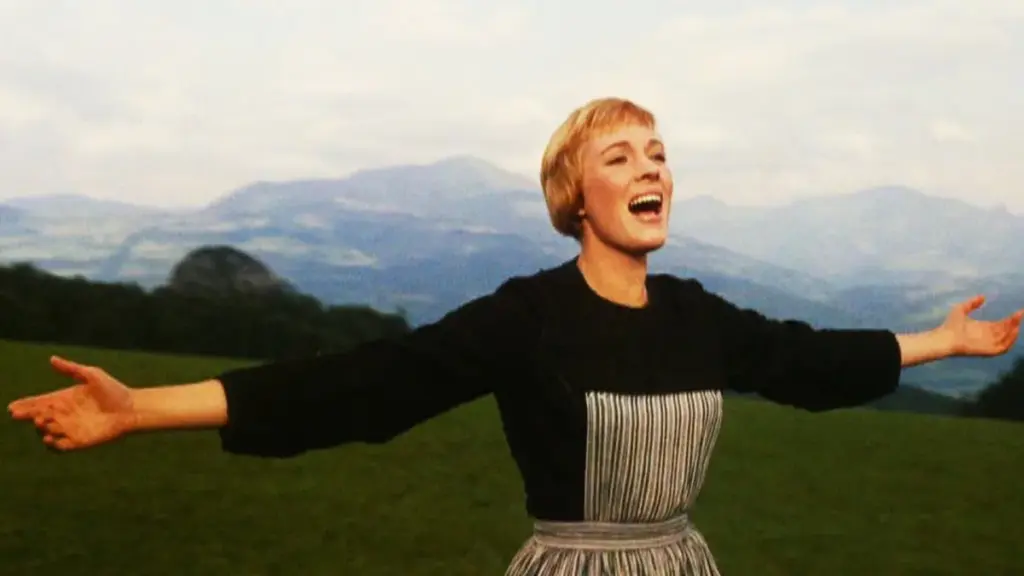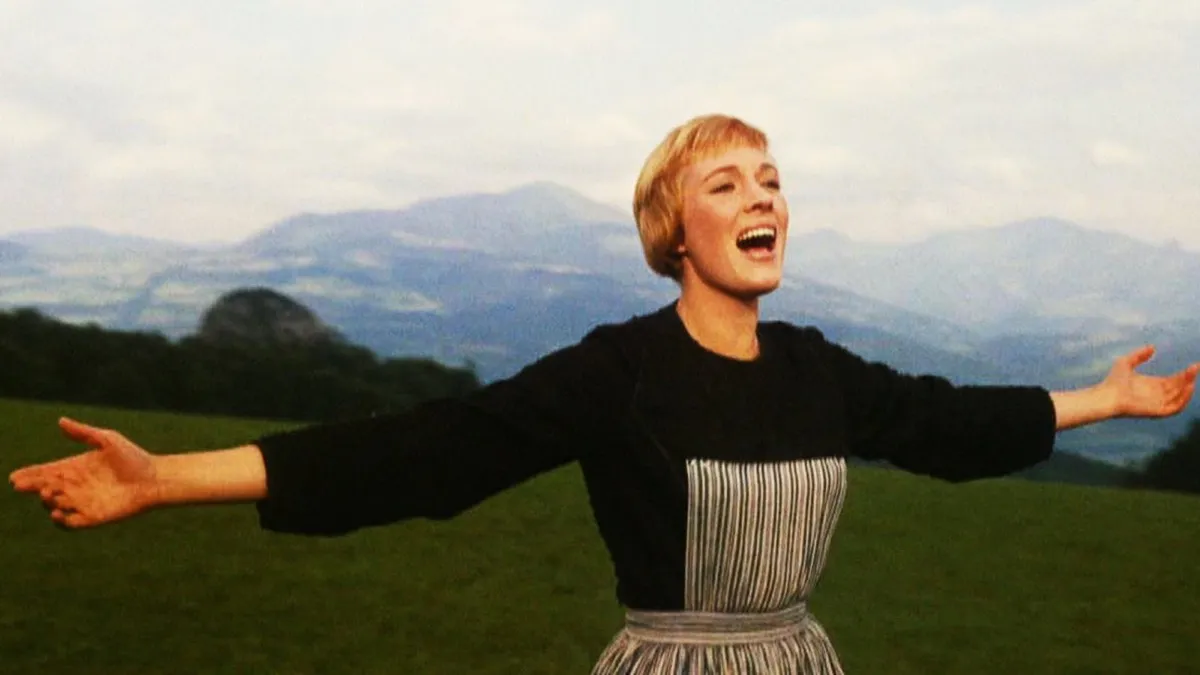
Iconic Movie Images: A Timeless Visual Journey Through Cinema History
Cinema’s power lies not just in its storytelling, but also in its ability to capture moments so profoundly that they become ingrained in our collective consciousness. These iconic movie images transcend the screen, influencing art, fashion, and even our understanding of history. From the silent era to modern blockbusters, certain frames have become instantly recognizable, evoking emotions and sparking conversations across generations. This article delves into some of the most iconic movie images ever created, exploring their impact and enduring legacy.
The Power of a Still: Why Some Images Resonate
What makes an image iconic? It’s a complex interplay of factors. Composition, lighting, subject matter, and the film’s overall narrative all contribute. But beyond the technical aspects, an iconic movie image often captures a universal human experience – love, loss, triumph, despair. It can also represent a pivotal moment in history or a cultural shift. These images become more than just scenes from a film; they become symbols.
Consider, for example, the shower scene from Alfred Hitchcock’s Psycho. The rapid editing, Bernard Herrmann’s screeching score, and the stark black and white imagery create a visceral and unforgettable experience. The image itself, though brief, represents the fragility of life and the lurking dangers beneath the surface of everyday existence. [See also: The Evolution of Horror Movie Soundtracks]
A Selection of Unforgettable Movie Stills
Let’s explore some specific examples of iconic movie images that have left an indelible mark on cinematic history:
The Great Train Robbery (1903)
One of the earliest examples of narrative cinema, this film features a shot of a bandit firing a gun directly at the camera. This image, while simple by today’s standards, was revolutionary at the time, breaking the fourth wall and drawing the audience directly into the action. It remains an iconic representation of early cinema’s raw power.
Metropolis (1927)
Fritz Lang’s science fiction masterpiece is filled with striking visuals, but the image of the Maschinenmensch, a robotic woman, is perhaps the most iconic. It represents both the allure and the dangers of technological advancement, a theme that continues to resonate today. The sleek, metallic figure is a powerful symbol of the dehumanizing potential of industrial society.
The Wizard of Oz (1939)
The transition from black and white to Technicolor when Dorothy arrives in Oz is one of the most memorable moments in film history. The vibrant colors and fantastical landscapes create a sense of wonder and escape. The image represents the power of imagination and the allure of the unknown. [See also: The History of Technicolor in Hollywood]
Casablanca (1942)
Numerous scenes from Casablanca could be considered iconic, but the final airport scene, with Rick and Ilsa parting ways, is perhaps the most enduring. The image captures the bittersweet nature of sacrifice and the enduring power of love, even in the face of overwhelming circumstances. “We’ll always have Paris” is a line forever linked to this heartbreaking visual.
The Seven Year Itch (1955)
Marilyn Monroe standing over a subway grate, her white dress billowing upwards, is arguably one of the most famous iconic movie images of all time. It’s a playful and suggestive image that captures Monroe’s iconic status as a sex symbol and a cultural icon. It also speaks to the era’s evolving attitudes towards sexuality and female empowerment. The image is instantly recognizable and frequently referenced in popular culture.
The Graduate (1967)
The shot of Benjamin Braddock (Dustin Hoffman) looking through Anne Bancroft’s legs is a visually striking and symbolically rich image. It represents his feeling of being trapped and suffocated by the older generation and the societal expectations placed upon him. The image is both provocative and unsettling, perfectly capturing the film’s themes of alienation and rebellion. The iconic nature of this scene has been widely discussed and analyzed for its psychological depth.
2001: A Space Odyssey (1968)
Stanley Kubrick’s masterpiece is filled with visually stunning sequences, but the image of the bone transforming into a spaceship is perhaps the most iconic. It represents the evolution of humanity and the relentless pursuit of technological advancement. The image is both awe-inspiring and unsettling, suggesting that progress comes at a cost. This remains one of the most analyzed and debated iconic movie images in cinematic history.
Star Wars: Episode IV – A New Hope (1977)
The image of Luke Skywalker gazing at the twin suns of Tatooine is a powerful symbol of hope and longing. It represents his desire to escape his mundane existence and embark on an adventure. The vast, desolate landscape and the double sunset create a sense of both isolation and possibility. This iconic shot perfectly encapsulates the film’s themes of destiny and the hero’s journey.
E.T. the Extra-Terrestrial (1982)
The image of Elliott and E.T. silhouetted against the moon as they fly through the air is a heartwarming and magical moment. It represents the power of friendship and the boundless possibilities of imagination. The image is both whimsical and deeply emotional, resonating with audiences of all ages. This is one of the most beloved iconic movie images ever created, instantly recognizable across the globe.
Pulp Fiction (1994)
The image of Jules Winnfield and Vincent Vega, played by Samuel L. Jackson and John Travolta respectively, walking down the street in their suits is instantly recognizable. It’s a stylish and cool image that perfectly captures the film’s unique blend of violence, humor, and pop culture references. The image has been widely parodied and referenced in other media, solidifying its iconic status. The visual perfectly encapsulates the film’s unique energy and tone.
The Matrix (1999)
Neo dodging bullets in slow motion is a groundbreaking visual effect that has become synonymous with the film. It represents his newfound abilities and his understanding of the true nature of reality. The image is both visually stunning and symbolically powerful, capturing the film’s themes of free will and the fight against oppression. This action became an iconic movie image almost overnight.
The Enduring Legacy of Iconic Movie Images
These are just a few examples of the many iconic movie images that have shaped our cultural landscape. They serve as a reminder of the power of cinema to capture our imaginations, evoke our emotions, and inspire us to see the world in new ways. They are visual shorthand for complex ideas and emotions, allowing us to connect with stories and characters on a deeper level.
The impact of these images extends far beyond the movie screen. They are frequently referenced in art, advertising, and other forms of media. They influence fashion trends and inspire new generations of filmmakers. They become part of our shared cultural vocabulary, allowing us to communicate and connect with each other in meaningful ways. [See also: The Influence of Film on Fashion Trends]
The creation of an iconic movie image is rarely accidental. It requires careful planning, skilled execution, and a deep understanding of visual storytelling. But ultimately, it’s the emotional resonance of the image that determines its lasting impact. An iconic movie image stays with us long after the credits have rolled, reminding us of the power of cinema to transform our perceptions and enrich our lives. The lasting power of these iconic movie images lies in their ability to evoke emotion and spark imagination, making them timeless pieces of art.
These visual touchstones continue to shape our understanding of film and its place in the world. The iconic movie images mentioned, and countless others, will continue to be discussed, analyzed, and celebrated for generations to come. They are a testament to the enduring power of cinema and its ability to capture the human experience in all its complexity and beauty.

